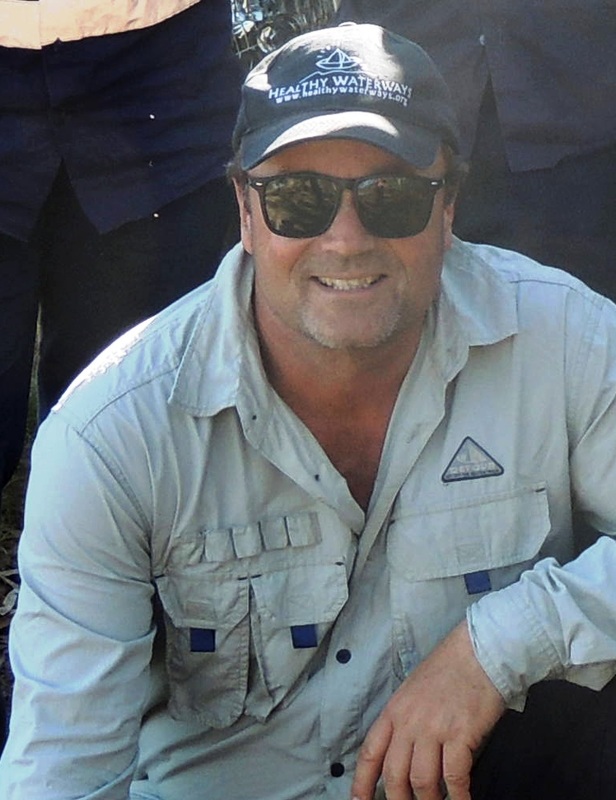“The term mistletoe refers to perennial flowering plants, usually woody and shrubby or vine-like, which grow as parasites attached to the branches of trees and shrubs”
(Australian National Herbarium, 2012).
There are around 90 species of Mistletoe in Australia including 35 species in South East Queensland and they are quite common. They are a hemi-parasitic plant which taps into the sap of the host plant to collect water and minerals. They still produce their own food through photosynthesis; hence their green leaves and they normally have little effect on the host plant. Mistletoes rely on animals for pollination and seed dispersal. They generally produce red flowers and fruit. A number of animals feed on mistletoe including possums, gliders and insect larvae as well as 40 species of birds.
The Mistletoe bird is a small energetic bird which specialises on feeding on the fruits of Mistletoe. The pulp of the Mistletoe fruit is rich in glucose and the bird squeezes and swallows the pulp and seeds. Within a short period of time the seeds are excreted as a sticky globule which can stick to any surface including the bark and branches of trees. If the seeds end up on a compatible tree then the seeds germinate and establish a new plant. Given that trees like Casuarina are located within the same habitat area the chances of the mistletoe establishing on a number of trees is quite high.
So even though it is mid-winter you can still find mistletoe hanging from some of the trees and shrubs in Hays Inlet.
References and further reading:
http://ashdown4628.clients.cmdwebsites.com/blog/?p=6711 downloaded 27th June 2016
Australian National Herbarium http://www.cpbr.gov.au/mistletoe/ downloaded 27th June 2016
Watson, D.M., (2001) Mistletoe: A keystone resource in forests and woodlands worldwide. Annual Review of Ecol Syst. 32:219–49

 RSS Feed
RSS Feed
